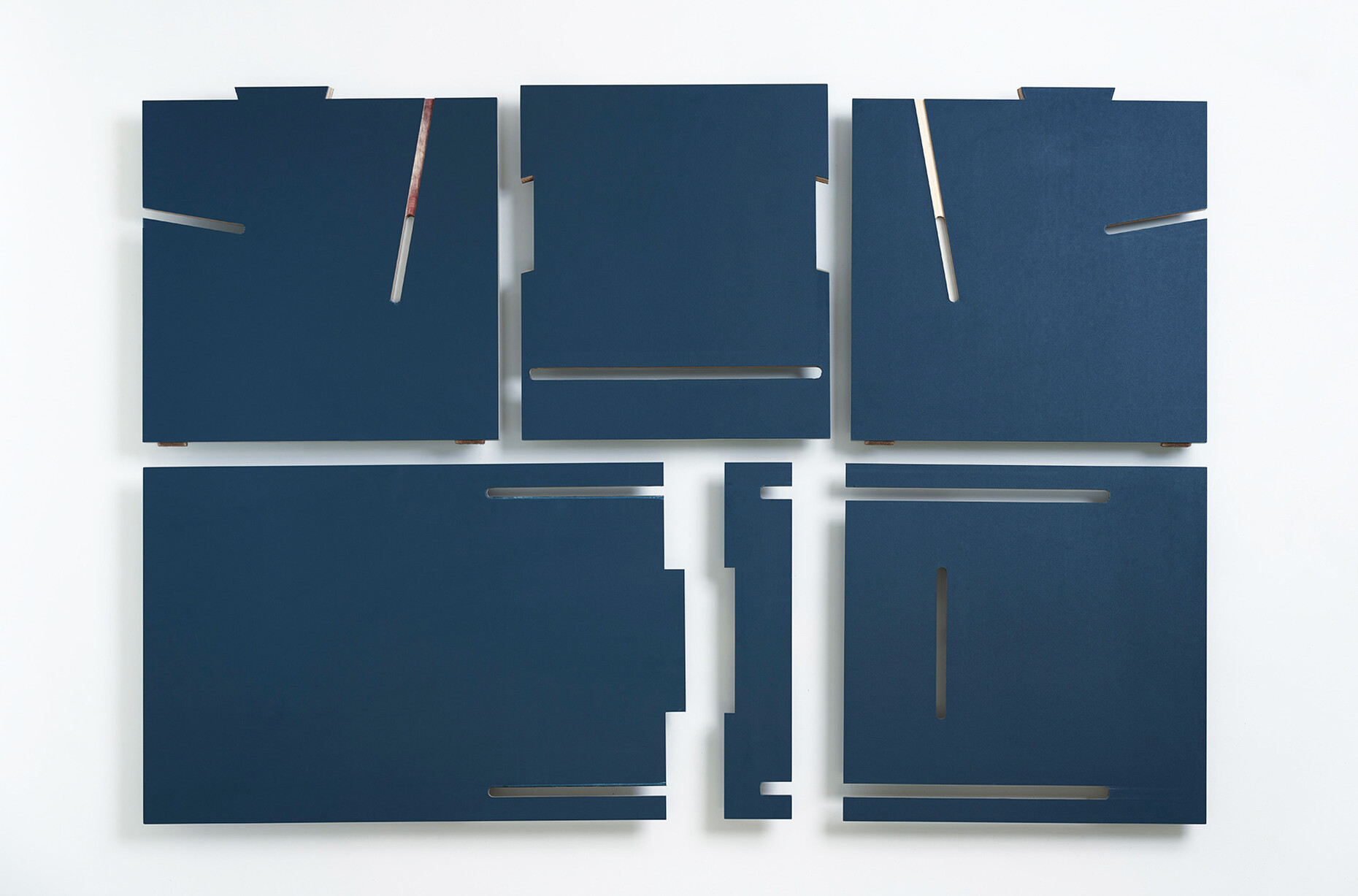Shaping the future
Anna Moldenhauer: Armando, with what idea was the Weserholz company founded in 2017?
Armando Cornejo Chavez: Weserholz started as a social enterprise and product design office to provide vocational orientation and integration through the joint design process. The founders Paula Süveges and Tanja Engel recognised at the time that there was a great need for holistic and privately initiated training preparation for young adults who had just arrived in Germany.
What attracted you to the combination of creative and social work?
Armando Cornejo Chavez: It was precisely this special combination that piqued my interest. After a workshop at Weserholz, I was able to join the team as a designer. Design as a tool offers many possibilities and these should not only be used by a small group. The social problems that design can solve are unfortunately usually not taken into account in the classic system of product development - and this is exactly where we start with our forms of expression.
Weserholz is a studio for participatory design and a social enterprise. That means you design sustainable products as well as places and educational concepts. What is your current focus?
Armando Cornejo Chavez: The temporary focus is based on the social demand and our possibilities to respond to this demand with an offer that is sustainable in every respect. Financing the projects is not always easy, so we analyse our options very carefully and position ourselves broadly.
You are an industrial and product designer and will be in charge of the design workshop in the education programme. What do you want to convey to the students and employees?
Armando Cornejo Chavez: As an industrial and product designer, I naturally want to optimise products and simplify manufacturing processes. I also want to create collaborations - and that combines very well with the Weserholz concept. We are convinced that we can create better results if we work in an interdisciplinary way. Then it is also possible to simplify the design process. Therefore, it is central for us that the exchange is and remains open, because only then can all sides benefit from it. We always realise our projects on several levels - from school projects to workshops with refugees to cooperations with companies.
Outside the industry, the meaning and purpose of product and industrial design for social interaction is often not immediately tangible. To what extent do you want to mediate at this point?
Armando Cornejo Chavez: I think it's a problem that the word design is often associated with luxury products. Our offer of social problem solving and creating social connections is clearly meant to show what design can do beyond that.
At the moment, the focus of your designs is on function. Is there a design language that inspires you?
Armando Cornejo Chavez: We don't follow a formal language, it's more about finding a balance. We try to use the material in such a way that there is little waste and as little energy as possible is wasted. The formal language of the products comes from the process used to teach them. This shapes their form and makes the product intuitively understandable.
What are you working on?
Armando Cornejo Chavez: We currently have two areas of work that are closely linked: the creation of new concepts and educational offers that allow us to establish a continuous flow of participation with more actors, including an update of our Design as a Bridge in Education programme. But we are also exploring different types of workshops where duration and objectives are flexible and defined in collaboration with the participants. The second area of work focuses on product development. This includes the classic model of product design (client, brief, project), but also the design with a social approach that we have been talking about. This is where I think the different experiences of our team come in best, because a big part of the work is finding the right constellation of actors to make the project possible (stakeholders, associations, activists, funding). Usually we take the initiative to address these issues from a design point of view, for example we have currently proposed to an association in Bremen called Hoppenbank to develop a product analogous to the Finnish baby box but to facilitate the resocialisation of former convicts.










